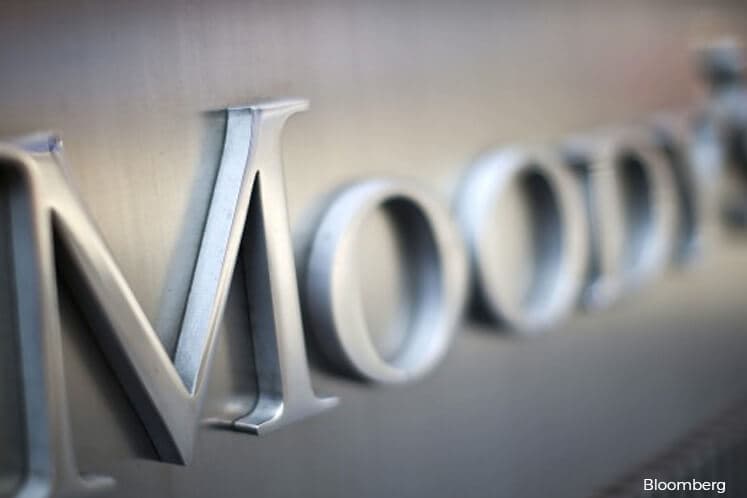
This article first appeared in The Edge Financial Daily on May 23, 2019
KUALA LUMPUR: Malaysian banks are well-positioned to manage the challenges associated with the country’s weakening economy and the vulnerable oil and gas, real estate and construction sectors, according to Moody’s vice president and senior credit officer Alka Anbarasu.
This is because they are supported by strong loan-loss reserves and solid capital, Anbarasu said in a statement accompanying the release of Moody’s report on the country’s banking system.
Hence, Moody’s is of the view that the outlook for the Malaysian banking system remains stable as strong loss-absorbing buffers should be able to mitigate a potential rise in credit costs and moderating profitability over the next 12 to 18 months.
Its baseline scenario assumes that a slowdown in trade, private investment and government spending will result in a moderation in Malaysia’s gross domestic product growth to 4.4% in 2019 and 4.3% in 2020.
Nevertheless, it is of the view that domestic private demand will remain supported by stable employment conditions and wage growth. “Banks’ loan growth will average a moderate 5%, driven by the retail and small- and medium-sized enterprise segment,” Moody’s said.
While Moody’s said asset risk will rise, overall loan performance should remain stable, with the system’s strong loan-loss buffers sufficient to absorb a potential rise in delinquencies. “Loan-loss reserves for most rated banks increased in 2018, following the adoption of Malaysian Financial Reporting Standards 9,” it noted.
Capitalisation will also remain stable. “Despite weaker profit, banks can generate sufficient capital to support potential asset growth through risk-weighted asset optimisation and dividend reinvestment. Testifying to its resilience, the system-wide capital ratio still satisfies regulatory requirements even in the stress scenario presented in our forward-looking solvency analysis,” Moody’s said.
Still, profitability, as it indicated, will deterioriate amid subdued asset growth and stiff competition for deposits that will pressure net interest margins and pre-provision income.
Credit costs, meanwhile, are expected to rise from cyclical lows in line with an increase in asset risk, while operation costs are seen remaining stable as banks’ efforts to reduce costs by cutting branches are offset by higher technology investment outlays. “But funding and liquidity should remain robust as deposit growth keeps pace with moderate loan growth,” it said.
On top of that, the Malaysian government’s capacity to provide support to banks in times of stress is expected to remain strong. “Recent legislative reforms have not resulted in a shift in policy for the resolution of troubled banks outside liquidation, with no legislation in place to force bank creditors to bear the cost of any bank bailout,” Moody’s added.